This page includes a list of all the articles published on this date. Use the navigator to select a different date.
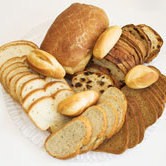
Freezing BreadA Guide to Freezing Bread. If purchasing bread or bread dough for freezing, be sure to check the "sell by" date on the packaging to make sure its fresh. Frozen products, including dough, should be frozen rock solid in air-tight packaging that contains no rips or tears.
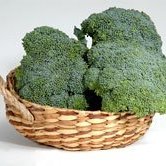
Freezing BroccoliA Guide to Freezing Broccoli. Broccoli can be added to dishes for cooking directly from the freezer without thawing.
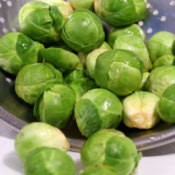
Freezing Brussels SproutsA Guide to Freezing Brussels Sprouts. Brussels sprouts can be added to dishes for cooking directly from the freezer without thawing.
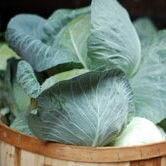
Freezing CabbageA Guide to Freezing Cabbage. Cabbage can be brined as sauerkraut or made into coleslaw or relishes and frozen. Whole leaves can be frozen unblanched for use as wrappers for baking or stuffing, and used immediately after thawing. Cabbages should not be frozen whole.
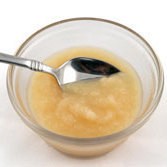
Freezing ApplesauceApplesauce can be frozen in plastic freezer bags and rigid plastic or glass containers that are airtight and provide a moisture/vapor barrier. Leave at least 1/2 of headroom for pints and 1 inch for quarts.

Freezing Bell or Sweet PeppersA Guide to Freezing Bell or Sweet Peppers. Select crisp, thick-fleshed peppers that are free from blemishes and have a bright color. Pick home grown peppers when they have fully matured.
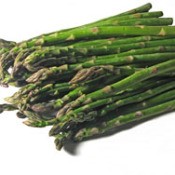
Freezing & Storing AsparagusSelect firm, tender young spears. If growing your own, cut them immediately before freezing, as once cut, asparagus spears wilt quickly.
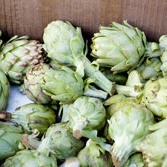
Freezing & Storing Artichokes (Globe)A Guide to Freezing & Storing Artichokes (Globe). Artichokes should only be frozen after cooking, and not frozen raw. Left uncooked, they will become discolored during freezing and have a poor flavor when cooked.